
The man picked up the IPhone 16 Pro Max and Samsung Galaxy S25 Ultra one after the other. He examined each of them critically, then laid them carefully back unto the counter. He was Eli’s 10th Customer.
Eli had applied every marketing tactic his boss had taught him on this customer, hoping the man would at least start a negotiation or make an offer. The man did neither. Instead he said “…Yeah thanks” sounding unimpressed, and turned to leave the shop.

Eli’s heart sunk. He had been optimistic when the man walked in earlier: Late 50s, dressed in Bermuda Shorts, Polo T-shirt and sports sandals speaking with an American accent. “..Surely a member of the Diaspora ready to spend his recently converted dollars to cedis,” Eli had fantasied. Only now that his back was turned to leave, did reality sink into Eli senses, that he had failed yet again to make a sale and it was now 4.35PM on a Saturday.
But suddenly the man stopped in his tracks, lowered his head slightly and began nodding slowly, then he turned in the direction of Eli and asked ” Who’s that?”. Eli had his radio tuned to Maximum Jazz, my Radio Show, which airs 4-7 PM on Saturday. This was a complete deviation from his usual playlist of Hiplife/Afrobeatz or Azonto music that would normally fill the air in his shop.
I met Eli a few days earlier at a function I’d attended to gather content for ‘Expatmattaz’ a radio segment. Eli had tagged along with the camera crew of a TV station. Anyways, when our paths crossed, I introduced him to Jazz – a concept of which he had never heard. Eli was likely in his mid 20s, yet I persuaded him to tune to my radio show, which was structured in a manner that appealed to the younger generation as well, and he did!
The surprised American man walked back to Eli and asked “You listen to Jazz?” to which befuddled Eli could only nod clumsily, as he knew next to nothing about Jazz. “So the man started talking to me with respect and we even exchanged complimentary cards. All of a sudden the man felt he could trust me and my goods. I didn’t know that this Jazz could make high profile people like that to take me more seriously; my status automatically improved…” That was Eli excitedly recounting to me on phone a few days later.
But how did Jazz, music that was meant for low- lives, once regarded as ‘trashy’ and the ‘devil’s music’, evolve into this symbol of high class status? Let’s find out.
Jazz transformed into a symbol of high-class status through a multi-decade process that included artistic evolution, sophisticated arrangements, institutional acceptance and strategic appropriation by a wealthy, white demographic. Initially dismissed as “low-brow” and immoral, jazz gained an air of legitimacy as its musical complexity deepened and it became associated with urban elites and European appreciation.
The Jazz age – From low-class to mainstream
In its early days, Jazz was the music of the Black working class in places like New Orleans. But as it gained popularity during the 1920s, it became associated with the rebellious youth culture of the “Jazz Age.”
- Moral panic – Many in the white middle class and elite saw jazz as a corrupting influence associated with drinking, pre-marital sex and illegal speakeasies. The music was condemned as “the devil’s music,” and communities banned it from public dance halls.
Musical development and sophistication
From its origins in New Orleans, particularly after World War II, jazz’s complex musical elements set it apart as a high-skill art form that contrasted with simpler popular music
- Artistic depth – As Jazz developed from its ragtime and blues roots, innovations from pioneering Black musicians such as Louis Armstrong and Duke Ellington showcased its artistic potential. This elevated its status from dance music to a genre demanding focused listening.
- Bebop and complexity – In the 1940s, bebop further distanced Jazz from its danceable roots. This new style emphasised complex improvisation, fast tempos and advanced harmonic structures, making it a “musician’s music” that demanded considerable technical skill and appreciation.
- Classical integration – Over time, Jazz began to be studied and taught in universities alongside classical music, further cementing its academic and artistic legitimacy.
Marketing and appropriation
During the “Jazz Age” of the 1920s, the music moved into mainstream, but not without a complex and often exploitative relationship with white society.
- Commercial popularisation – Despite the moral panic, earlier mentioned, wealthy white people sought to capitalise on the music’s wild popularity. The first Jazz recording in 1917 was made by a white band, which sold over a million copies and introduced a “watered-down” version of the genre to a broad, white American audience. White-owned record companies promoted these commercialised forms of Jazz while also exploiting Black musicians.
- Niche urban markets – The burgeoning genre attracted a niche demographic of wealthy, sophisticated urbanites, often those most comfortable with challenging racial and social norms. In cities like New York and Chicago, they frequented exclusive clubs and speakeasies where Jazz was performed.
- Exoticism and exclusion – White elites, fascinated by the perceived “primitivism” and novelty of Black culture, flocked to venues in Harlem like the segregated Cotton Club. Here, they could consume Black music and culture while maintaining racial distance, which gave Jazz a “forbidden” and exclusive appeal.
Institutional and intellectual recognition
As the genre matured, intellectuals and the arts establishment eventually recognised jazz as a legitimate and sophisticated art form.
- European embrace – American Jazz musicians were often received with more respect in Europe, where the music was seen as a legitimate art form. This created an intellectual echo chamber that filtered back to the US, compelling the American establishment to re-evaluate the genre.
- Harlem renaissance – During this period ( primarily during the 1920s and 1930s following World War I) of Black artistic and cultural flowering, Jazz became a central form of Black artistic expression. Black intellectuals, activists, and artists asserted the sophistication and cultural value of Jazz, forcing a broader conversation about its significance.
- Reframing as ‘Classical music’ – Figures like musician and educator Wynton Marsalis have positioned Jazz as “America’s genuine classical music,” celebrating it as a sophisticated and intellectual art form that demands serious study. This intellectual framing helped solidify its status among high-culture connoisseurs.
- A bridge between cultures – Over time, Jazz helped bridge racial divides, with integrated bands performing and recording together during the Swing Era of the 1930s and 40s. By the 1930s, big-band swing had become the sound of mainstream dance halls, making Jazz a widely accepted popular music
I have met people who carried an obvious air of superiority when conversing about Jazz. Some speaking through their noses in an unusual accent as they discussed Jazz legends and their discographies. Also we saw in last week’s episode, several venues/ restaurants publicise “Jazz Night” because it adds a touch of sophistication to their brand, not because they actually feature Jazz.
How about musicians labelling themselves Jazz musicians just to garner some additional respect or repute? For example, I once met a ‘Jazz trumpeter’ who told me he’d never heard of Miles Davis when I asked him.
So whether this Jazz elitism/ snobbery be genuine, pseudo or delusional, you will agree that there is some benefit to be derived from one’s association with Jazz, and my friend Eli can attest to this.
Back to Eli, the American man stopped on his way out when Wynton Marsalis’ ‘Be Present’ from the album Democracy Suites (2020) came on air. New Orleans Jazz, Swingy, fast-paced groove, fascinated him so much that he stopped to listen. He had never expected to hear Jazz in a noisy and rough marketplace of Accra. He ended up purchasing both the IPhone & Samsung phones that day, so remind me to ask Eli for my commission.
But was this high brow, upscale status of Jazz all good? Surely it had its downsides? Let’s find out in next week’s part 2 of this series. Be sure to send your comments.
>>>Me & My Jazz are the weekly musings of Jazz Singer & Jazz Radio Host, Yomi Sower. Her programme Maximum Jazz airs on Saturdays 4-7PM on Ghana’s Guide Radio 91.5FM. She is a Professional Voice Coach also offering Vocal Jazz Tuition @YomiSower -Facebook, Instagram, TikTok, X and E- mail: [email protected]
The post Me and My Jazz with Yomi SOWER (Episode 3): From trashy to classy: How Jazz became a high class status symbol (Part 1) appeared first on The Business & Financial Times.
Read Full Story
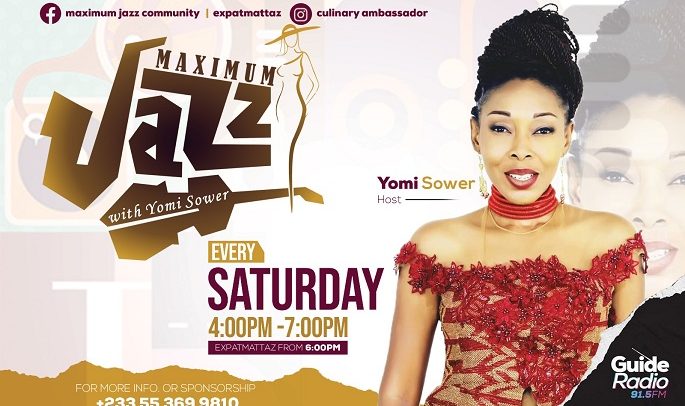
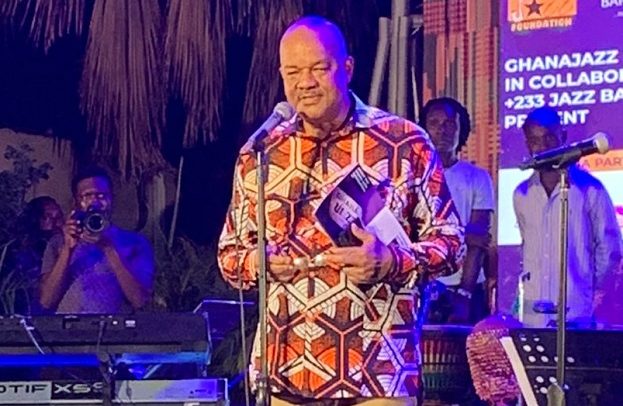
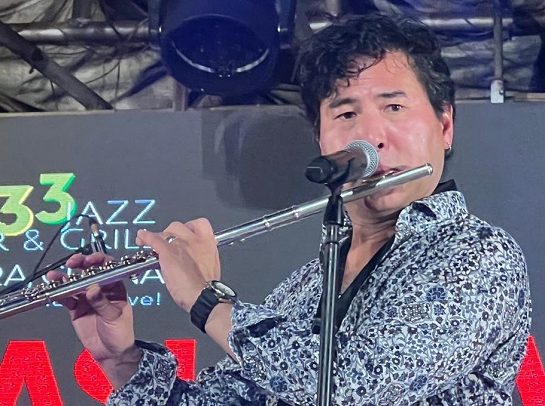






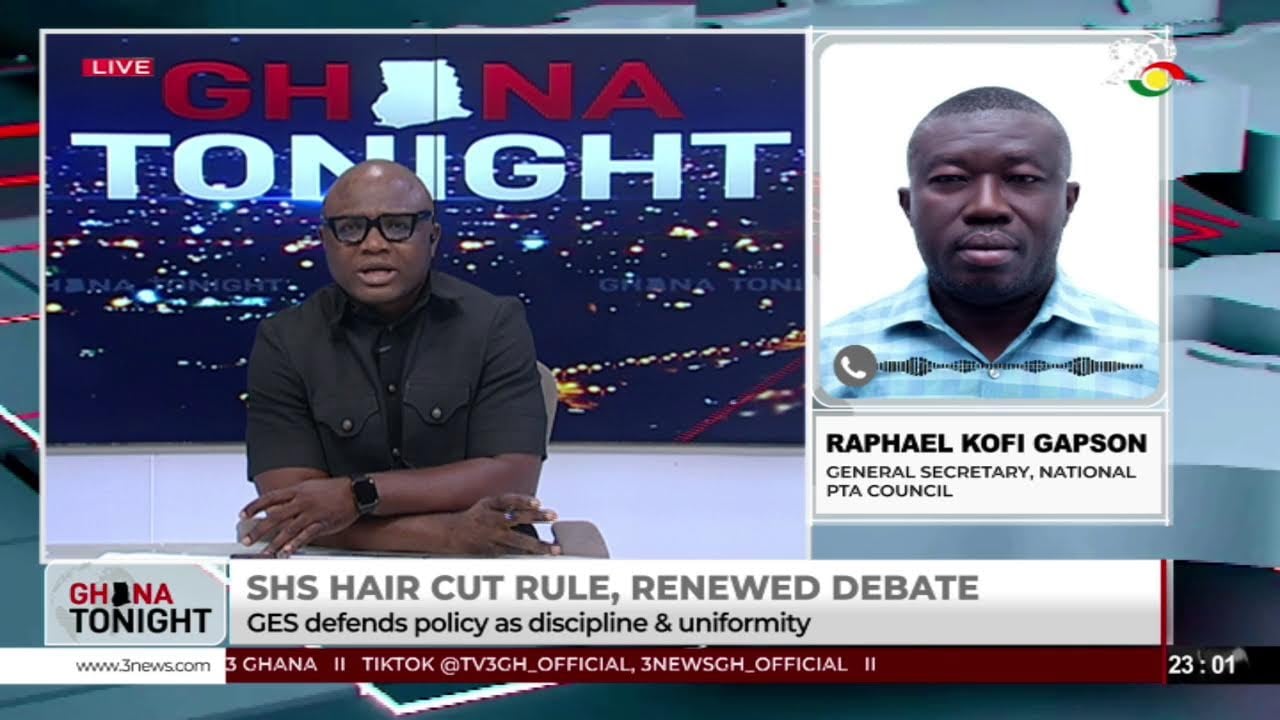





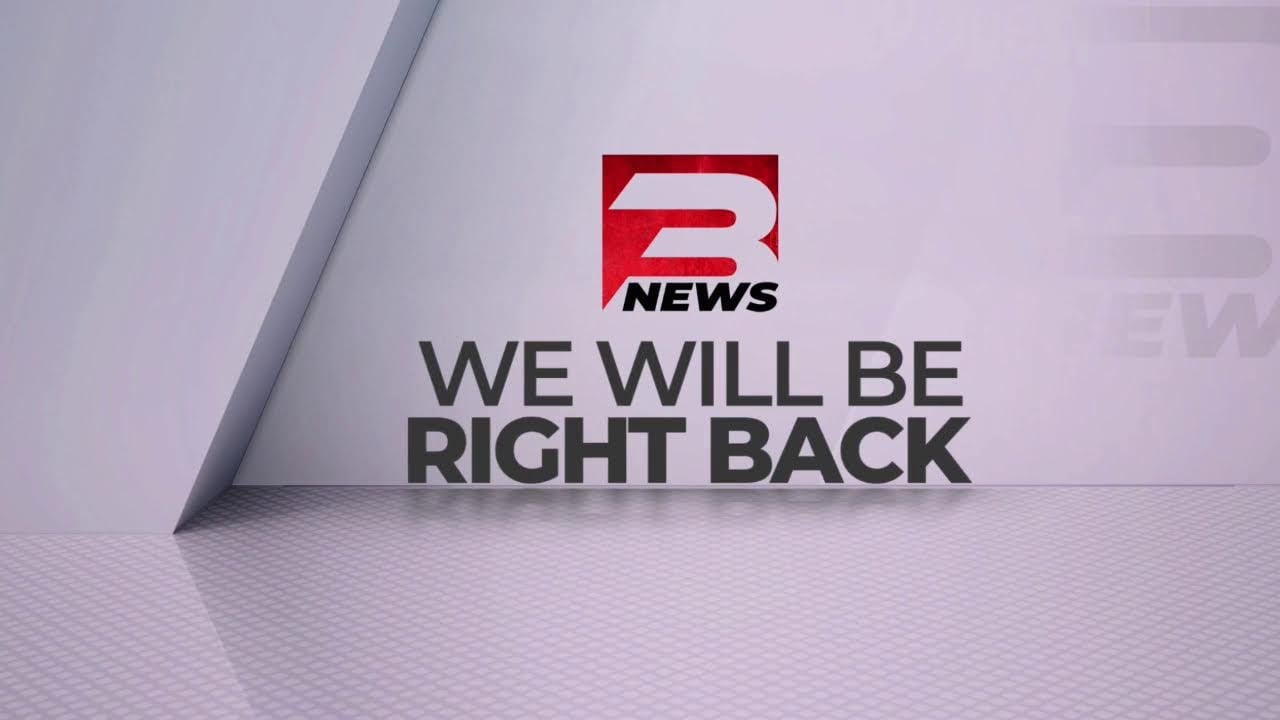







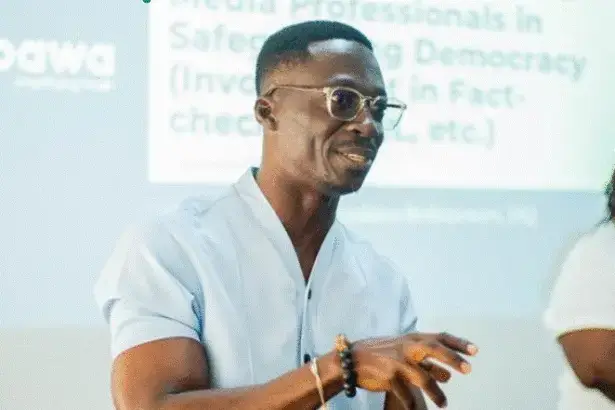
Facebook
Twitter
Pinterest
Instagram
Google+
YouTube
LinkedIn
RSS